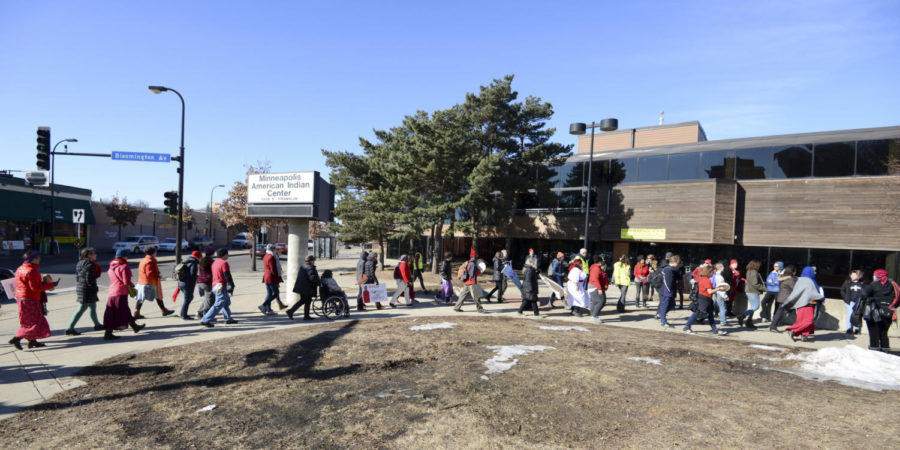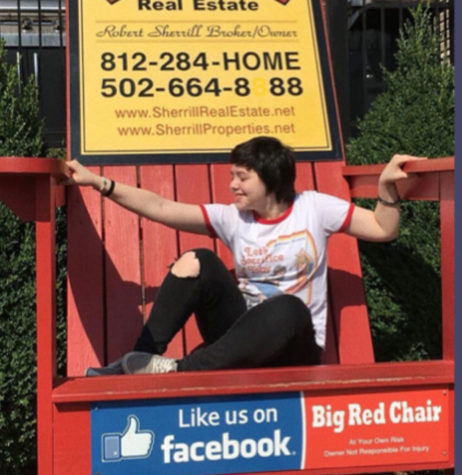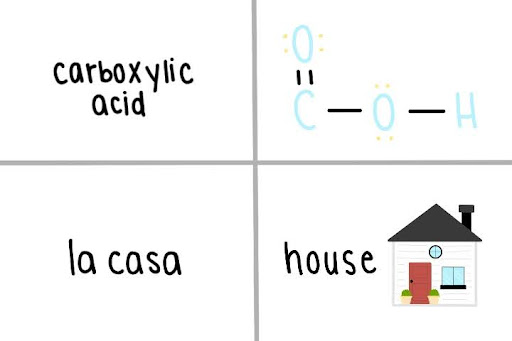Indigenous women, gone and forgotten
Many gather for the missing & murdered Indigenous women’s march.
October 26, 2018
Being overlooked and forgotten is often a heartbreaking reality for many Indigenous women who go missing and end up murdered.
Though Native Americans and Alaska Natives make up just about .8 percent of the population, they represent over 1.8 percent of the ongoing missing persons reports. However, the actual number of missing Indigenous people is unknown. Native women are very likely to go missing and end up dead, left with no justice.
From 1970 to now, there has been no definite number of Indigenous women that have gone missing. Estimates range from around 1,000 to over 4,000. Often times, reporting disappearances does no good for the family of the missing woman.
In 2016, a movie titled “Wind River” came out. The gist of the movie is that an FBI agent is looking for a missing woman on a reservation. It highlighted the lack of statistics and justice for Native women.
They are often found raped and murdered. Canada has widely taken steps to put a halt to this issue, and America has begun, but the problem is far from over.
“I can’t stress enough-context, context, context,” said writer for Indian Country Today Sarah Sunshine Manning. “The next thing, though, is to is to pressure through media, whatever organizations are responsible for creating a database. I mentioned a project called the Reclaiming Native Truth project that was was spearheaded by a group that said we basically don’t have data, and data really drives action,” said writer for Indian Country Today Sarah Sunshine Manning.
There have been steps to improve this issue since 2016. Federal lawmakers proposed several measures to assist this issue. First is the SURVIVE Act. This funds grants that can help Native American survivors, whether that be rape recovery or resources for domestic assault survivors. Another is Savanna’s Act, which expands tribal access to federal crime databases and help root down protocols for handling tragedies like this.
Though these steps have been taken, many Indigenous women still remain missing, and the numbers are widely unknown.
“Native American women are vulnerable due to the lack of control they have on their daily lives,” said LHS sophomore Reese Spotted War Bonnet. “Many are forced upon and never seen; there are no statistics on how many are missing every year, and the problem just keeps going.








DayZa SWB • Oct 26, 2018 at 1:18 pm
Many other examples of indigenous women is Anna Mae Aquash! She fought for Native American Rights during the American Indian Movement and was extremely educated about law. Due to her status within the movement, FBI agents kidnapped and interrogated her about the leaders. She was sadly shot and killed(still a mystery who did it) in Pine Ridge only to be found weeks later. People forget that Native women fought during the 70s for their rights but tons of them were killed and used by those agents.
Looking great, Dad!! <3